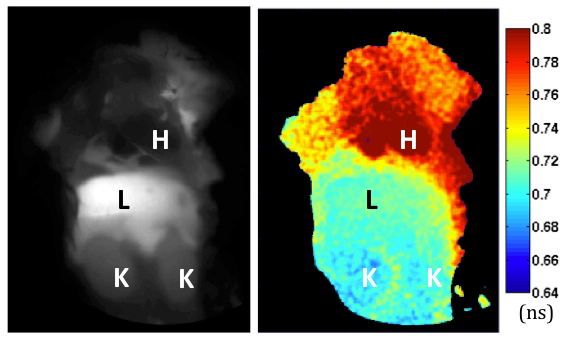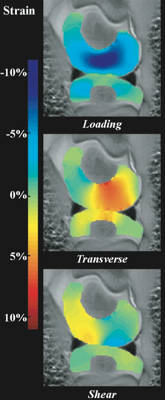Faculty Position
Engineering Healthier Brains Initiative
The Engineering Healthier Brains Initiative is a priority area for hiring within the Purdue University College of Engineering. We are seeking highly-qualified, creative individuals with substantial experience in technologies related to neurological health and behavior. Areas of emphasis include magnetic resonance imaging (MRI) of the brain (including functional MRI, diffusion weighted imaging, perfusion imaging, and spectroscopy), computational systems modeling, and development and targeting of biomolecules/biomarkers for use as neuroprotective agents. Applicants with expertise in related areas enabling improved approaches to neural health are encouraged to apply.
New faculty are sought to build strong research and educational programs that deliver this paradigm shift by working in collaboration with the Purdue Neurotrauma Group in the College of Engineering and College of Health and Human Sciences, and the Center for Research on Young People's Health in the College of Liberal Arts. The goal is academic preeminence in the engineering of neural health, combined with extraordinary clinical and industrial impact.
Qualifications: We are seeking highly qualified and creative individuals who share our vision of enhancing neural health. New faculty members will be expected to develop strong, externally-funded research programs, develop and teach innovative curricula, and help advance the frontiers of knowledge within and outside of collaborations with other current and future members of this preeminent team.
Interested applications should contact Thomas Talavage at tmt@purdue.edu for further information.
Purdue University is an equal opportunity/equal access/affirmative action employer fully committed to achieving a diverse workforce.
 Biomaterials are materials that are compatible with biological systems. Research focuses on a wide range of natural and synthetic components that might be used to design novel devices to replace diseased or damaged tissues or create artificial joints. A good example are nano-structured artificial materials that can be used to replace portions of the human bladder.
Biomaterials are materials that are compatible with biological systems. Research focuses on a wide range of natural and synthetic components that might be used to design novel devices to replace diseased or damaged tissues or create artificial joints. A good example are nano-structured artificial materials that can be used to replace portions of the human bladder.


 A point often missed is that bodies are not just biological systems, but are also mechanical systems. The skeleton is a framework upon which collections of simple motors, muscle cells, expand and relax in a highly organized fashion to create movement.
A point often missed is that bodies are not just biological systems, but are also mechanical systems. The skeleton is a framework upon which collections of simple motors, muscle cells, expand and relax in a highly organized fashion to create movement.